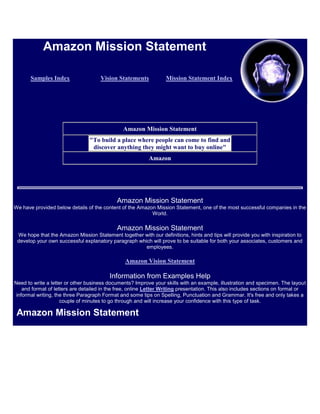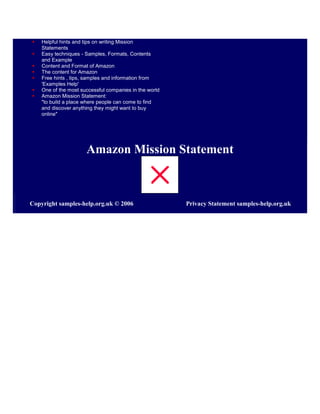This document discusses frameworks for categorizing organizational change and the nature of change. It describes change as existing on a spectrum from smooth and incremental to discontinuous. Change can be planned and emergent, and organizations may go through predictable life cycle stages of growth involving crisis periods. Understanding the type and nature of change is necessary to effectively manage and implement change within an organization.
































